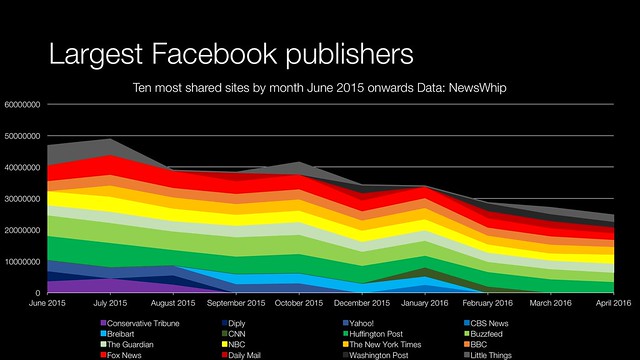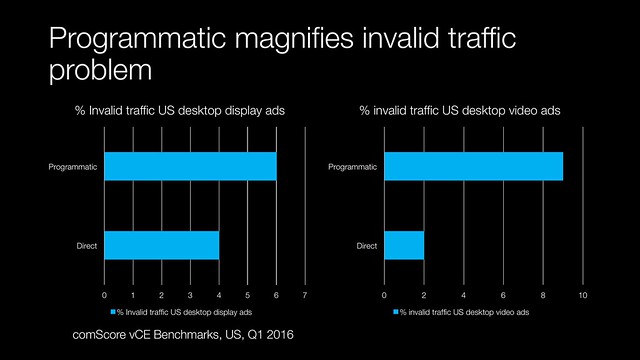Jeremy Corbyn Facebook strategy is so much more sophisticated than you think | Business Insider – I am not convinced that this is going to move the needle for him, it won’t reach beyond his core followers. It doesn’t match marketing best practice which makes me believe Jeremy Corbyn will be very disappointed come election time.
How e-commerce changes lives in rural China | South China Morning Post – interesting article the key thing to remember is that the South China Morning Post is owned by Jack Ma of Alibaba. More on China here.
Deodorant Changes Attractiveness Of Men And Women In Different Ways – PsyBlog – How men who appear low in masculinity can be more attractive to women.Wearing deodorant makes men who are seen as low in masculinity more attractive to women, new research finds. – the original Lynx / Axe brand positioning was closer to the mark than we thought
Can a Neuroscientist Understand Donkey Kong, Let Alone a Brain? – The Atlantic – Two researchers applied common neuroscience techniques to a classic computer chip. Their results are a wake-up call for the whole field.
This ‘Demonically Clever’ Backdoor Hides In a Tiny Slice of a Computer Chip | WIRED
The Chinese Government is Setting Up Its Own Major Science Fiction Award | io9 – this is really interesting, think about how Star Trek inspired the cellphone or Neuromancer and Star Wars inspired augmented reality. I wonder what way the government will be directing the content towards. Now do you see what China is doing here? A second thing is the that science fiction writer Cixin Liu is the one bright spot in Chinese (government-approved) soft power at the moment
The Perks Are Great. Just Don’t Ask Us What We Do. — Backchannel – life inside a malvertising company. Interesting expose
Berlin clubbers are now snorting chocolate to get high | Dazed – WTF. I’d imagine that just because chocolate sounds innocuous doesn’t mean that it wouldn’t be painful to snort



